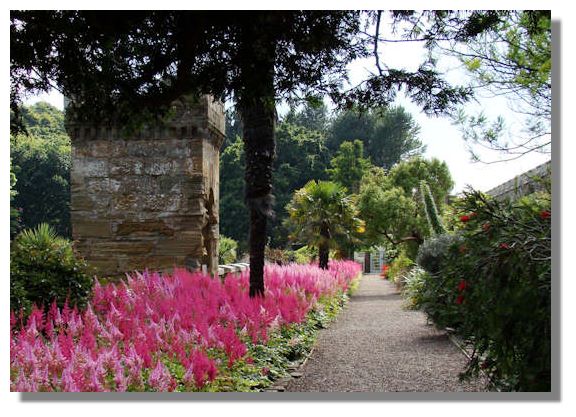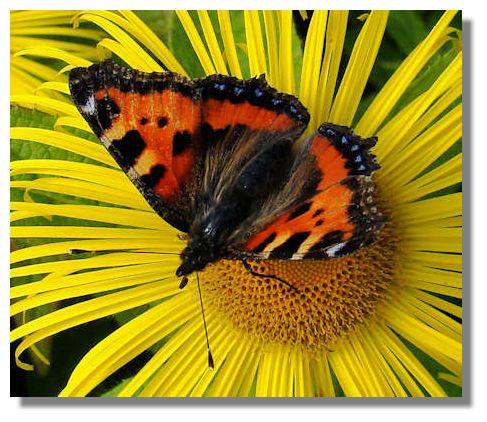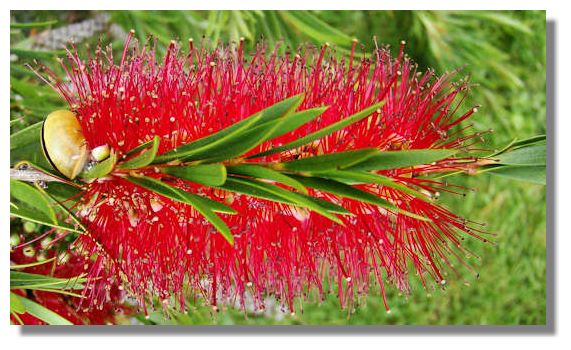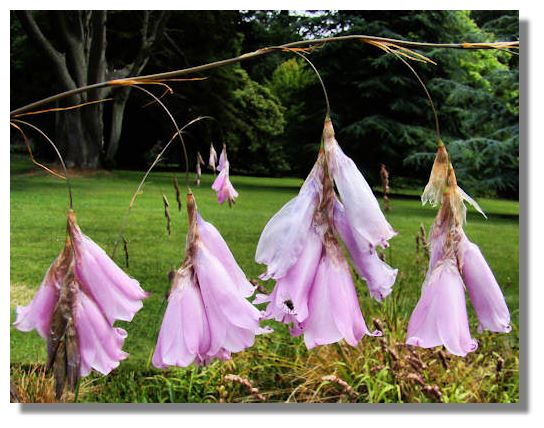The Rampant Scotland Newsletter includes a number of photographs which illustrate the weather and the seasons, plus the flora and fauna of the current week around Scotland. This separate "colour supplement" displays some more pictures, in a larger format. Here is this week's crop of Scottish views!
The paddle steamer Waverley is the last operational Clyde steamer and the last sea-going paddle steamer in the world. Named after Sir Walter Scott's first novel, the Waverley regularly sails from Glasgow and other towns on the Firth of Clyde, as well as from ports along the South Coast of England and the Bristol Channel. The Waverley was built in 1946 as a replacement for an earlier vessel with the same name that was sunk in 1940 while helping with the evacuation of troops from Dunkirk. The new steamer was launched in 1946 and entered service in June 1947. The Waverley is seen here passing under the Erskine Bridge on the Clyde, after taking day-trippers for a cruise "doon the watter".
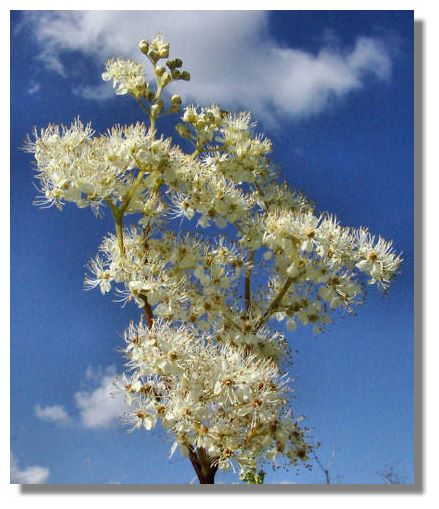
Meadowsweet (Filipendula ulmaria) is a sturdy perennial wild flower that can grow to well over four feet high. The mass of frothy creamy-white flowers live up to the plant's name, giving off a sweetly scented, almost sickly, aroma. The cultivated garden version is known by the grander name of Filipendula.
Many suburban gardens in Scotland will have space for the tall, stately spires of Astilbe. But few have the space to create an entire border of the plant - as here, beside one of the terraced walkways below Culzean Castle in Ayrshire.
This Small Tortoiseshell butterfly (one of the few seen this year) was enjoying the radiant Inula flower in the walled garden at Culzean Castle Country Park. In addition to the usual losses due to the weather and hungry birds, the Small Tortoiseshell caterpillars are facing a new threat from parasitic insect invaders.
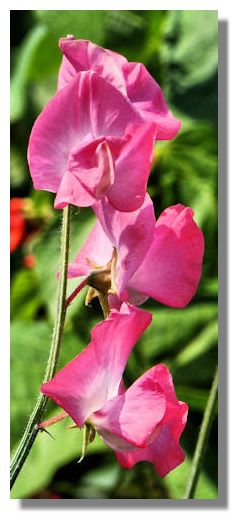
The flowers of Sweet Peas (Lathyrus) have the characteristic three petals (one upright and two side petals or wings and two lower petals fused together to make a keel). These delicate flowers come in a wide variety of shades, climbing up trellises and other supports. The original Sweet Pea was introduced from Sicily around 1700 but it was the Victorian gardeners who produced the tall varieties with their multitude of colours. Long known for their strong scent, newer varieties with larger blooms sometimes lose their perfume a part of the development process.
Callistemon are often known as Bottlebrushes, because of their cylindrical, brush like flowers. A native of Australia and New Guinea, it is sometimes grown in greenhouses to protect it from the local climate. But the sheltered, walled garden at Culzean Castle in south-west Scotland provides an environment where it can thrive. The round object on the left of the flower is the shell of a snail!
Dierama is also known as Fairy's Fishing Rods or Fairy's Wand. The graceful flower shoots can bear bell-like flowers at the end of thin, wiry stems, in a range of colours from white through to dark red. The plant originated in South Africa.If you want to look back at earlier editions of this Colour Supplement, there is an Index Page

